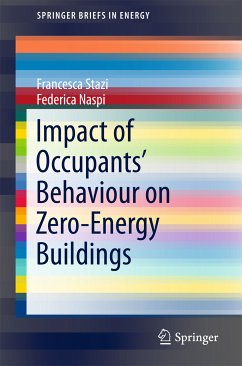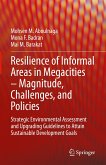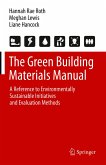The authors subsequently address occupants' behaviour in zero-energy buildings from an energy perspective. They investigate many different aspects of the interactions between users and buildings devices, from assessing the triggering factors of occupants' behaviours, to discussing modelling and simulation approaches. Methods for acquiring and analysing experimental data are presented, as well as a discussion on objective and subjective factors that trigger occupants' behaviour. Other content includes: experimental investigations from real case studies to assess occupants' interaction with building devices; an assessment of the driving factors that trigger human actions to identify the key parameters in the behavioural models; and critical suggestions on monitoring and modelling approaches to optimise data acquisition and modelling methods.
The guidelines presented here will allow designers and researchers to improve the accuracy of their simulations of buildings energy performance, and support both building design and management processes. It will be of particular use to researchers involved in the development of behavioural models, as it presents experimental data and a comprehensive overview of behavioural modelling. The book will also be of interest to students who are studying the behavioural component of integrated building design.
Dieser Download kann aus rechtlichen Gründen nur mit Rechnungsadresse in A, B, BG, CY, CZ, D, DK, EW, E, FIN, F, GR, HR, H, IRL, I, LT, L, LR, M, NL, PL, P, R, S, SLO, SK ausgeliefert werden.









